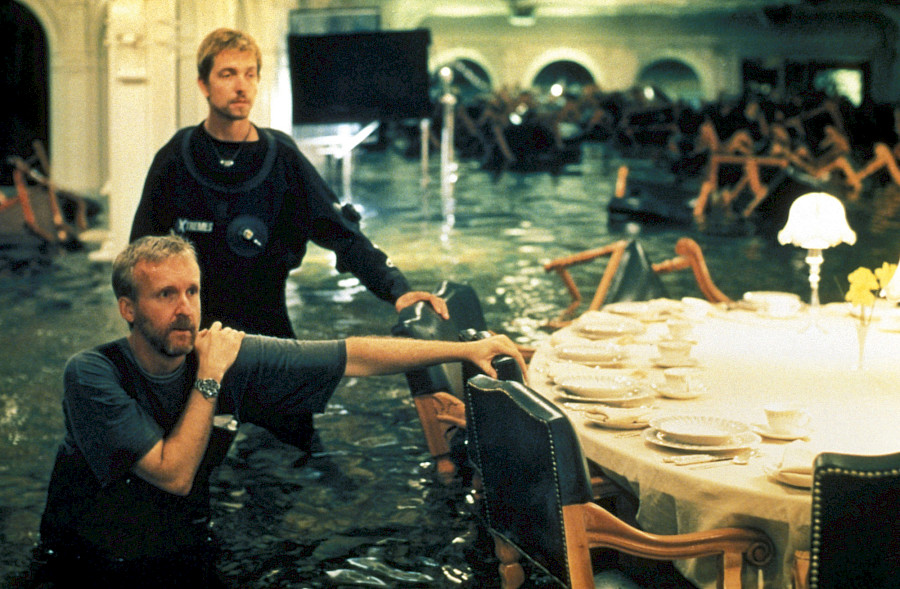
Over its relatively short existence, cinema has evolved into a science, requiring an engineering, artistic, and sometimes even scientific approach to the creation process. It would take a long time to discuss all that the film industry has contributed to the world. Yet, the driving force behind its development has always been people who sought beyond the offerings of their time. In short, it was the experimental approach that expanded the boundaries of cinematography.
At the beginning of the 20th century, priorities were one thing, in the middle, another, and after 2010, the film industry underwent such changes that the very understanding of prioritisation became individualised, lost in the pursuit of monetisation. It began to lose its historical essence and adopt new goals. However, if we consider the transformation of consciousness, changes in the industry are only the natural consequences of this process.
The history of cinema is intertwined with prestigious awards, and among the world's well-known organisations, one stands out for dazzling the film industry with camera flashes for nearly 96 years. Its contribution is truly significant. Previously, the Oscars used to announce the winners before the ceremony, as the focus was on the films themselves, but over time, the ceremony evolved into a tradition within the American industry, taking on a more promotional character. It cannot be said that it will always be this way, as the fate of the art of cinema remains a big mystery in a world almost entirely digitised. Similar transformations have already happened in history before. For example, in the 1970s, there were claims that cinema had died in the 1960s because all that could be invented and used practically had been. However, then the neo-noir genre appeared, and the familiar black-and-white darkness of classic film noir found a new direction. Within the genre, protagonists continue to sacrifice themselves in a world steeped in deception, but the main themes now revolve around journalistic revelations, dishonest political games, and economic problems, unlike classic noir. All of this was inspired by the spirit of the time. Soon, neo-noir will go beyond the boundaries of the American industry, acquire colour, and reach such films as "Drive" by Nicolas Winding Refn, "Welcome to the Punch" by Eran Creevy, "Inherent Vice" by Paul Thomas Anderson, and many others.

The history of the Oscar award includes several records. In 1950, Joseph L. Mankiewicz's film "All About Eve" received 14 nominations and took home 6 statuettes. The film tells the story of actress Margo, whose career is on the decline, and her young assistant Eve (Anne Baxter), who, disregarding her principles, builds a brighter future for herself using Margo's environment. Another record was set by James Cameron's film "Titanic" (1997), which received 14 nominations and 11 statuettes, "La La Land" (2016) — won 6 awards, and "Oppenheimer" (2023), which also won 7 awards. "Titanic" and "All About Eve" are based on real stories. Mankiewicz penned the screenplay based on Mary Orr's story "The Wisdom of Eve," which, in turn, was inspired by the real-life story of Austrian actress Elisabeth Bergner. Cameron told the story of passionate love on the British liner Titanic, which met its tragic fate in 1912. Both films remain vivid examples of cinematographic art. However, unlike them, "La La Land" is a fictional story reflecting nostalgia for classical American cinema. Chazelle, adhering to the established rules of the musical genre, sought to show the real life of dreamers in Los Angeles, but the rose- tinted confines of the genre did not allow experiencing life as it really is. This comparison does not diminish the merits of Chazelle's film; rather, it was necessary to draw attention to the transformation of thought.
Once upon a time, cinema wasn't just entertainment – it carried deep meaning and important ideas that demanded society's attention. In the late 90s and early 2000s, the film industry became more complex in some aspects and simpler in others. Basing films on real events became a method of captivating audiences, and image quality became a priority in the business.
Danish director Lars von Trier began to consider as early as 1994 that viewers were more interested in a film's dramatic storytelling than just its visual quality. In some ways, he was right. Viewers who can relate to what's happening on screen are more deeply affected by the film's tempo and rhythm. However, filmmaking is not always so straightforward. Trier and Thomas Vinterberg became the ideologists of the "Dogme 95" manifesto, which consisted of 10 rules challenging traditional filmmaking methods. According to "Dogme" rules, even the director's name should not appear in the credits, and films should be made without additional equipment, capturing life as it is in the moment. Yet, "Dogme 95" did not last long, until 2005, because filmmaking requires continuous transformation. The directors themselves eventually realised this, and thus, the steadfast principles of film theory serve as a mere starting point for authors' imaginations, upon which the future of cinema art rests with high hopes.
"Learn the rules like a pro, so you can break them like an artist." – Pablo Picasso



